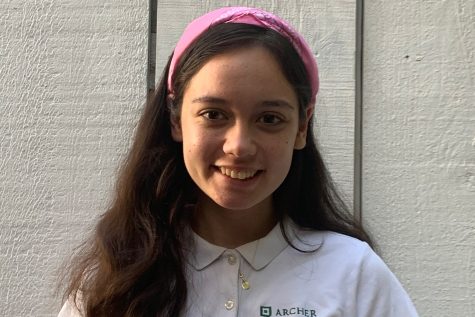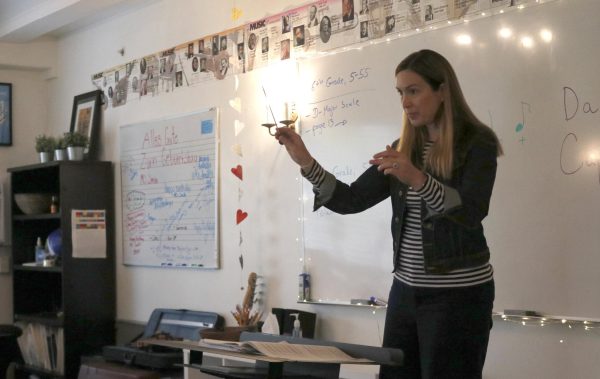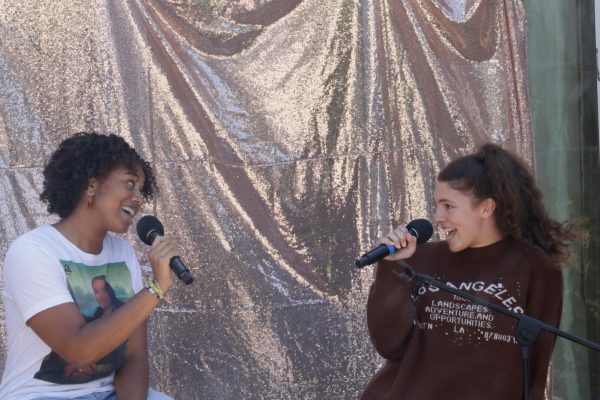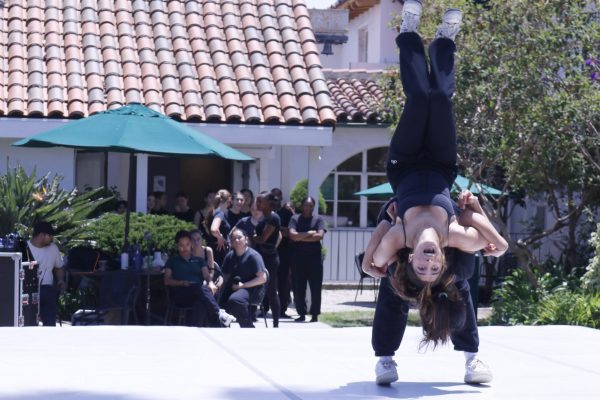Review: ‘To Live and Die in L.A.’ is a different kind of true crime podcast

Photo credit: Promotional image for "To Live and Die in L.A."
“To Live and Die in L.A.” is an investigative true crime podcast hosted by Neil Strauss. As a frequent consumer of true crime media, the podcast’s sense of empathy towards all involved in the disappearance of Adea Shabani made it stand out from an often over-saturated genre.
May 16, 2021
Disclaimer: “To Live and Die in L.A.” is an investigative true crime podcast which may not be appropriate for all readers. This review and the podcast’s episodes make reference to violence, domestic abuse and murder.
For most of my teen years, I’ve been infatuated with the true crime genre. Something about the psychology of the criminal mind, the extent of human cruelty and how toxic relationships lead to violence strikes a deep chord with my (sometimes dark) sense of curiosity.
I’m much like any true crime junkie. I know a little too much about Ted Bundy, watch every crime documentary on Netflix and of course, have binged a lot of crime podcasts.
One can’t discuss true crime podcasts without mentioning the 2014 smash hit “Serial.” In the first season, investigative journalist Sarah Koenig delves into the 1999 murder of Hae Min Lee and the trial of her ex-boyfriend, Adnan Syed. By 2015, the podcast had been dowloaded 68 million times. Since “Serial”‘s meteoric success, thousands of true crime podcasts have popped up on Spotify, hoping to find the same stardom.
It is important to note that the true crime genre has often been criticized as “trashy” and as insensitive to victims of heinous violence. While I believe that it is no more “trashy” than reality television or teen drama, I do acknowledge that much of true crime media seems to ignore who the victims were in life, and focus primarily on their (often gruesome) death. This epidemic within the genre is precisely why “To Live and Die in L.A.” stood out to me.
When I began listening to “To Live and Die in L.A.,” I was expecting a typical true crime story. Following the typical 12-episode investigative-style arc, the podcast would go down one of two predictable paths: delve deeply into the life of the criminal and how it led to their conviction (e.g. “Doctor Death” or “Betty Broderick”), or focus on the victim and a case which ultimately turns cold (like “Up and Vanished”).
While all of these podcasts are entertaining and impactful in their own right, “To Live and Die in L.A.” manages to follow both paths at once. In fact, journalist and creative Neil Strauss manages to catch the killer before the trail goes cold, within just 12 narrative episodes.
Strauss, an accomplished writer, became fascinated with a recent missing persons case. On Feb. 23, 2018, 25-year-old Adea Shabani disappeared from her Hollywood apartment. Soon after, Strauss was asked by Shabani’s family to write an article on her disappearance. But in his reporting, he uncovered a story far too complex for words on a page.
From the outset, the podcast is different from others in the true crime lexicon. Strauss spends his first episode, titled “A Different Kind of Star,” discussing how Shabani lived instead of speculating how she may have died. Although he begins to give facts of the disappearance, much of the episode is focused on interviews with the aspiring actress’ family and friends to establish what she was like.
As the story develops, the picture becomes more complex. Shabani, although clearly the main victim of the story, is only one of many lives affected. The lives of her boyfriend and prime suspect, Chris Spotz, and his then-fiancée, Mary, are also discussed in detail. Through their narratives, Shabani becomes more than just a perfect, innocent victim. Her life was messy. She made mistakes.
This is not to say the podcast is an emotional slog. Alone in my room with headphones, there were times when I audibly gasped. The story is filled with twists and turns, as infidelity, domestic abuse and even the Macedonian mafia make appearances in the case. Strauss reports alongside P.I. Jayden Brant, and their investigation, using cell phone records and personal Google data, ultimately leads them to a strong theory of what happened to Shabani.
Perhaps the most attractive thing about the podcast is the fact the case is essentially solved. As is the reality of thousands of missing persons cases, a true crime story often ends with more questions than answers. While there is no doubt that Strauss’ project leaves a lot to be explored, there is at least some closure for Shabani’s family.
Despite the podcast’s success, the focus always seems to be on justice for Adea and others like her. The producers include resources for those experiencing to domestic abuse/stalking and suicidal thoughts (two issues relevant to the story). Strauss sets his podcast, one of thousands of “Serial” wannabes, apart by telling Shabani’s story with empathy and a multifaceted perspective, and by attempting to aid others who may resonate with her story.
NOTE: The investigation into Adea’s Shabani’s disappearance and death is ongoing. If you have information relating to this case, contact the LAPD or enter info into the “Tips” field of “To Live and Die in L.A.”‘s website.
-
Narrative Flow
-
Technical
-
Impact
Summary
“To Live and Die in L.A.” is an entertaining yet important and informative podcast following true crime hosted by American journalist Neil Strauss


















